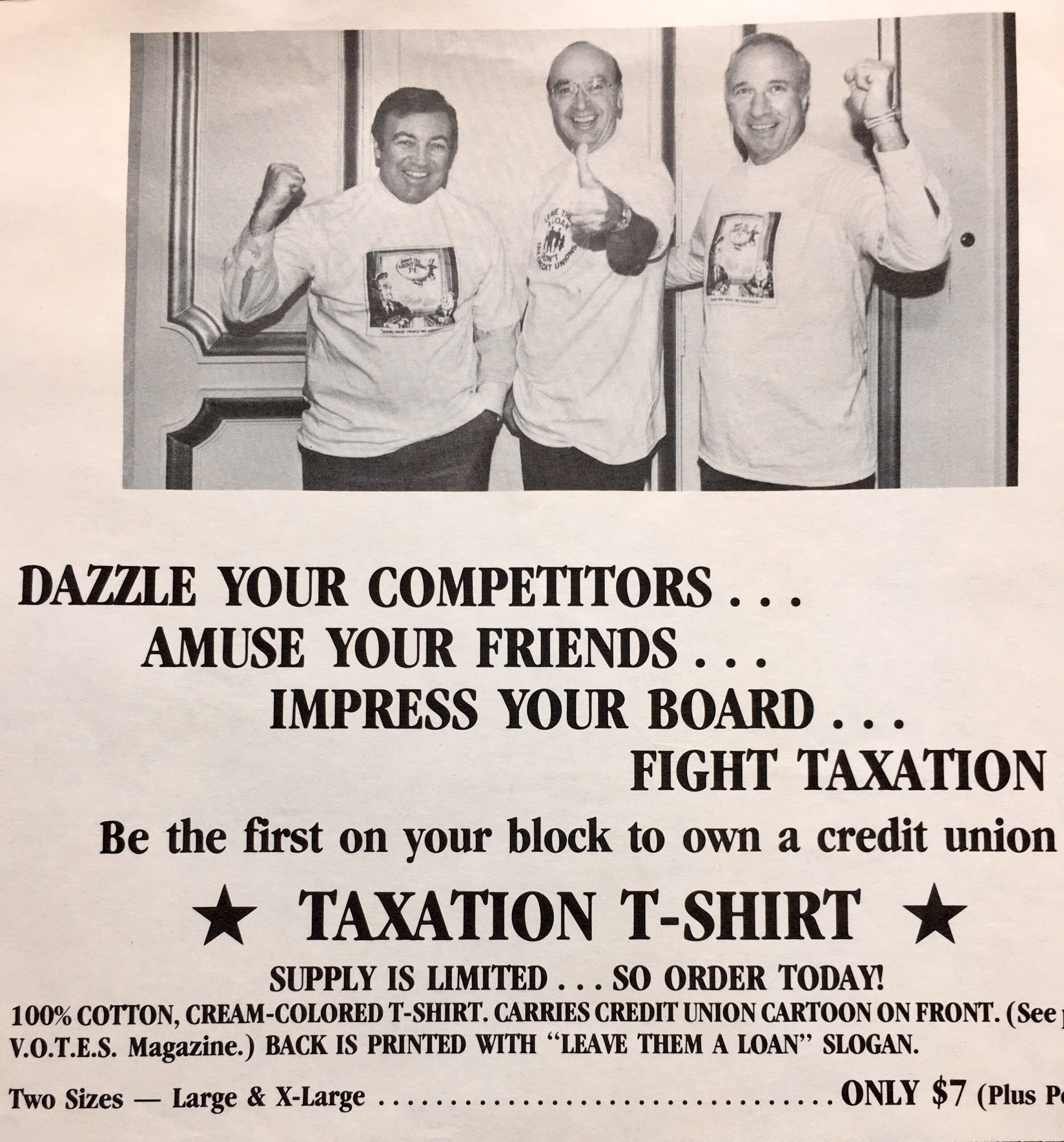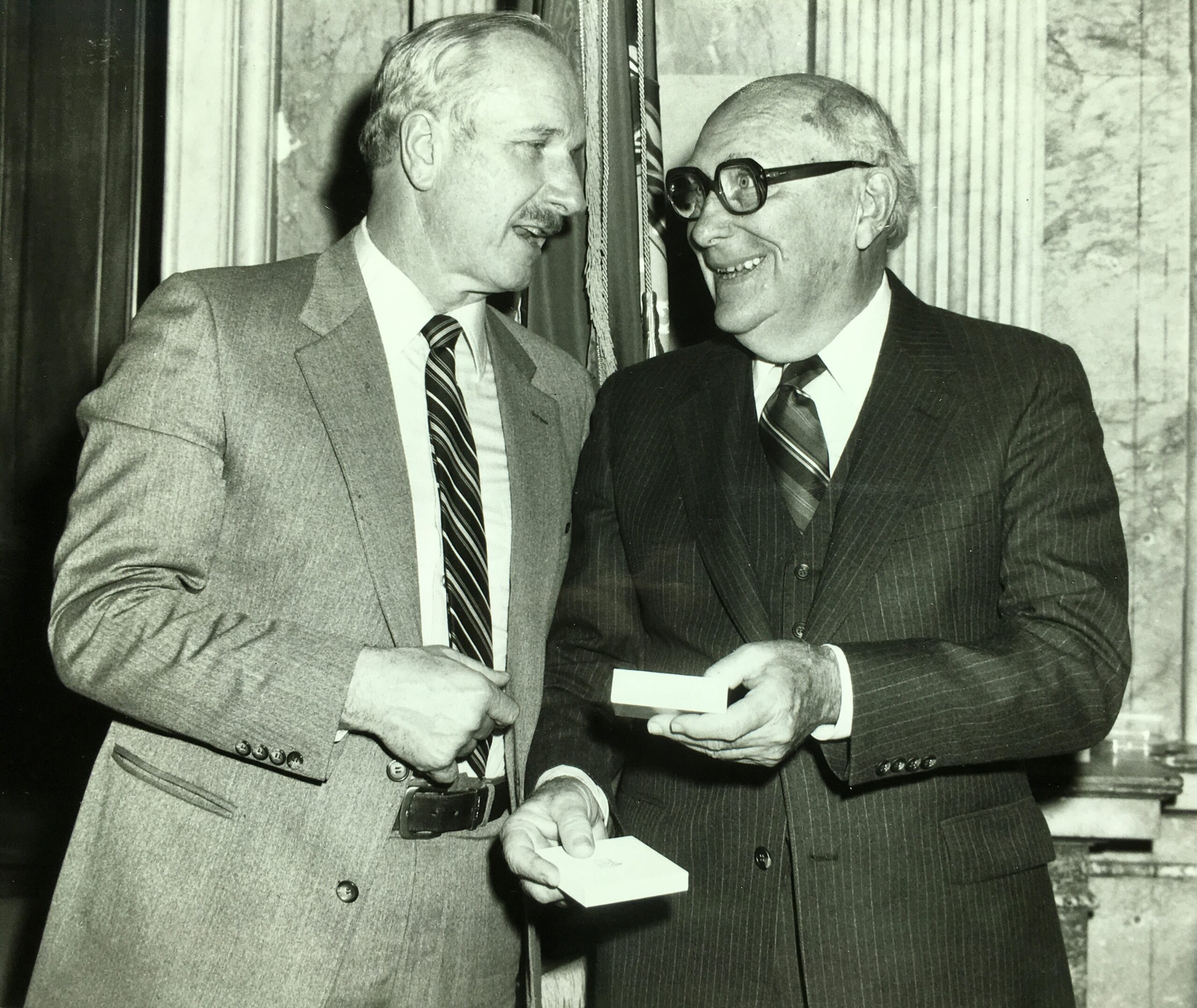Members Vote Against Merger
From the May 24th CUToday story: In a rare development, members of Hoosier Hills Credit Union have rejected a merger with Centra Credit Union. The two credit unions had announced in January their plan to combine to create a CU with more than $3 billion in assets.
The credit unions said in a joint statement that “despite extensive communication from Hoosier Hills outlining the factual details of the merger, the vote was impacted by the circulation of misinformation.”
The credit unions did not say what that misinformation consisted of. The vote tally was not released.
Why did members reject this merger? Here is a post on LinkIn by Hoosier Hills CEO Travis Markley, based on a Forbes article dated June 20, 2023 about the credit union. The merger was announced six months later.
“Amazed and humbled to be a part of this organization and everything we do for our members, and so proud of the dedicated staff that make it possible!
“Hoosier Hills Credit Union is honored to be recognized by Forbes as one of the three Best-In-State Credit Unions in Indiana for 2023, joined by our friends at Interra Credit Union and FORUM Credit Union.
“This award, the result of an independent survey conducted by Statista, was based eighty percent on feedback from 31,000 US consumers, who rated their credit unions on criteria such as trust, branch and digital services, customer service, fee transparency, and financial advice. Twenty percent of the scoring was attributed to publicly available Google Reviews from the past three years.
“We are honored to serve our members, and appreciate this special recognition, which we could not have achieved without the dedication and character of our team at all levels,” states Travis Markley, CEO at Hoosier Hills. “Our knowledgeable and caring staff is committed to carrying out our company’s mission and continues to put the needs of our members and communities at the center of every decision we make and every action we take.”
This Merger Process Seems Suspect
Very soon after this positive external recognition, the merger process started. The CEO would become the Chief Experience Officer of the new combined entity.
What is even more curious is that the merger proposal posted on NCUA’s website for comment says that Centra is merging “with and into” Hoosier Hills Credit Union, not the other way round as implied in the CUToday article. The Centra Chairperson, Jim Bickel signed the merger plan sent to members (whose?) on November 1, 2023 or five months after the Forbes “best” ranking for Hoosier Hills.
In this Centra notice to members there is an effective date of the merger of July 1, 2024. However, the credit union being merged is North Park, not Hoosier Hills.
This entire episode needs a good hard look by state and federal regulators as the documentation and explanations appear questionable. There is reference to a detailed merger plan by Centra, but it is not included in the required posting even though the letter states it is enclosed with the Notice to Members.
This example reminds me of a recent post by credit union consultant and former OCC examiner Ancin Cooley.
Mergers are Feeling “Icky”
By Ancin Cooley
Is anyone else beginning to feel a little “icky” about the current merger frenzy in the credit union industry? Something about these transactions just doesn’t sit well in my spirit. . . what do credit union members get for their capital and assets when they merge?
Here’s an excerpt from a recent merger disclosure:
“Members will have access to more branches, a 24/7 call center, industry-leading online and mobile banking services, and will still receive the personal service they enjoy from the same employees they rely on every day.”
This feels “icky” to me. The credit union I mention below is giving the acquiring credit union 7 million dollars in exchange for no board seats.
Would you give me your house in exchange for my cutting your grass?
The Game
And let me be clear: I do not think the individuals involved are bad people. The game is the game. If the cooperative movement is ever going to survive, it needs to be “guarded” by individuals who believe in its purpose. If your credit union or any cooperative has “unguarded” capital, someone will come and take it.
A Case Study
I’m reviewing the financials of a credit union set to merge as of May 1, 2024. The CEO, who has been there for over 20 years, inherited a credit union with over 16% in capital. By 2015, they ventured into indirect lending, and by 2019, it represented 60% of their total loan volume.
This credit union’s financial health started heavily declining two years ago. I’d be willing to bet that is right around when this CEO started looking for a merger partner. Indirect charge-offs were well over $600,000 last quarter. . . ending with a 7% capital ratio. This credit union was not lost due to technology, costs, or economies of scale. This was bad management and weak governance.
So, this person drives the credit union into the ground, receives a hefty retirement payout from the acquiring credit union, and retires happily. Ick… If you couldn’t earn a performance bonus payout while functioning as the CEO, getting one on the backend of a merger you brought to your Board doesn’t sit well with me.
Where are all the other voices? Where are all the credit union governance experts? Even if you disagree, please point out any errors in my logic or perspective. Don’t discuss this in small circles over dinner. Stop treating credit union capital like you invested in the organization with money out of your pocket.
What Are the Principles?
The evolving landscape of credit union mergers should invite deep personal introspection and discussion on the future of cooperative movements. Are these mergers truly beneficial for all stakeholders involved? Do they warrant a closer examination of the principles guiding such transactions?
Lastly, humans in general, often value relationships with people in close proximity to them vs. folks they don’t know. This manifests itself when directors, close to management, struggle to hold their executive teams accountable.
In the example of this post, if I named that CEO, I’d face more backlash than him or her for running the credit union into the ground.
Why is all this happening?
1) Because we value personal relationships over the member-owners of the cooperative movement. Some very smart and shrewd folks realized this years ago. Once the “old school” credit union folks passed away, it became a market free-for-all.
2) Where else are you gonna get 7 million dollars on a promise for better services? There’s too much money involved and not enough incentive to stop.
The only thing that could turn the tide is if some well-respected CEOs (and consultants) in the industry begin speaking up more. We may well continue to lose at least 15 credit unions per quarter for the next year or so. On my end, I’ll focus my energy on helping credit unions that want to grow, turn a profit, and keep their charters. END
Another Interpretation of Credit Unions’ Personal Deal-making
The motivation for these so-called mergers of sound credit unions may have been best summarized by the well-known American entrepreneur, Al Capone who said: “This American system of ours, call it Americanism, call it capitalism, call it what you will (cooperative mergers), gives each and every one of us a great opportunity if we only seize it with both hands and make the most of it.”





